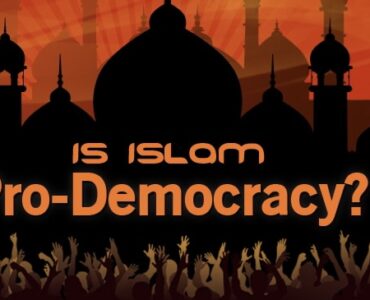
Armed Conflicts in Africa:
The Sinai Islamist Insurgency

Egypt, North Africa
The Sinai Insurgency is the culmination of tensions from a peninsula that has long been neglected and disregarded. Since its capture by Israel in the 1967 Arab-Israeli war, the Sinai Peninsula has been captured, recaptured, and returned to Egypt who has then failed to develop the Sinai which has allowed for the marginalization of the local Bedouin tribes. Similarly, the location of the peninsula is to the far north-west of Egypt and as such, the government has neglected to exercise full control in the area, leading to an ‘increasingly lawless scenario’. Consequently, it has enabled Islamic militants who continue to terrorise and attack Egyptian Security Forces.
The trigger for the current landscape of the Sinai Peninsula can be handed to the 2011 Arab Spring uprising leading to the collapse of both the Mubarak regime in Egypt and the Gaddafi regime in Libya. These altered environments led Islamic extremists from the Gaza strip and the wider region to flock to the Sinai as well as allowing for huge quantities of weapons to be smuggled into the area. This coupled with the temporary withdrawal of police and military from the Sinai due to the uprising has led to the insurgency that we see today.
In July 2013, the insurgency further deteriorated. With the increased protests against the Muslim Brotherhood, the military was pushed to oust Mubarak’s successor, the democratically elected President Mohammed Morsi. Morsi had promised to end discrimination against the Sinai Bedouin tribes and address their concerns. However, with his ousting followed a year-long interim until former Defence Minister Abdel Fatah al-Sisi was elected President in May 2014 with the promise of continued crackdowns against the Muslim Brotherhood and its supporters.
The challenges of Islamic extremism are far from over, November 2014, Wilayat Sinai (previously referred to as Ansar Bait al-Maqdis) declared its allegiance to the Islamic State. This group then became the biggest and most organised militant group in the region. This altered the campaign of terrorism, which moved away from soft targets e.g. hotels and restaurants, and instead focused the insurgency on structured low-to-mid level hard targets e.g. military camps and churches. As can be seen in the case of the Al-Rawda Mosque where the use of bombs along with militants who were equipped with small arms stormed the mosque, killing 312 and injuring 122. Furthermore, the group utilizes IS tactics such as beheading suspected informants as a way of emphasizing propaganda and demonstrative terror. However, over the years such tactics are proving to alienate the local Bedouin tribes.
Egypt’s response in the Sinai has continued to place emphasis on security, as it involves counter-insurgency tactics, detentions, curfews, and operations such as Operation Eagle and Operation Sinai. This security heavy approach to the insurgency has left little room for the al-Sisi regime to address the concerns of the Bedouin, whose interests have underpinned the insurgency since its inception. Therefore, by continuing this approach as opposed to assuaging local anger and grievances it appears that the militant attacks will persist against the Egyptian forces.

“If Egypt is unstable, then the entire region is unstable.”Abdel Fattah al-Sisi – Egyptian President
Key Facts
Population of Sinai region — 600,000
People displaced — 100,000
Arrests — 2,500
Where: Sinai Peninsula (Egypt, North Africa)
Deaths: 1,000 security force members; 2,500 militant; 1,500 extrajudicial killings
The Situation
Turbulent
The Egyptian army continues to launch military attacks in the Sinai against terrorist hideouts and arms warehouses of groups such as Wilayat Sinai. However, due to laws that criminalizes the reporting on terrorism extensive information regarding government actions within North Sinai are scarce. Recently, it has emerged that Egypt has signed three agreements to finance the Sinai Development Program in aims to support structural reform and improve the efficiency of the government’s public financial management. Part of the underlying cause to the Sinai insurgency has been the lack of attention and development to North Sinai. In December 2020 Egyptian Defense Minister Gen. Mohamed Zaki suggested that the state should increase development in Sinai. He believes that the connection will increase tourism and strengthen Egypt’s connection to Saudi Arabia. Jihadist attacks increased dramatically during May 2022, as an Islamic State-affiliated group attacked military installments. Islamic State-affiliated Sinai Province also killed numerous Sinai Tribal Union fighters who were affiliated with the Egyptian military.
The Sinai Islamist Insurgency: A Timeline Of Atrocities
Section 1400: Terrorism Links: Groups & Individuals
Armed Conflicts in Africa: The Sinai Islamist Insurgency
Last Update: 09/2024
See COPYRIGHT information below.



